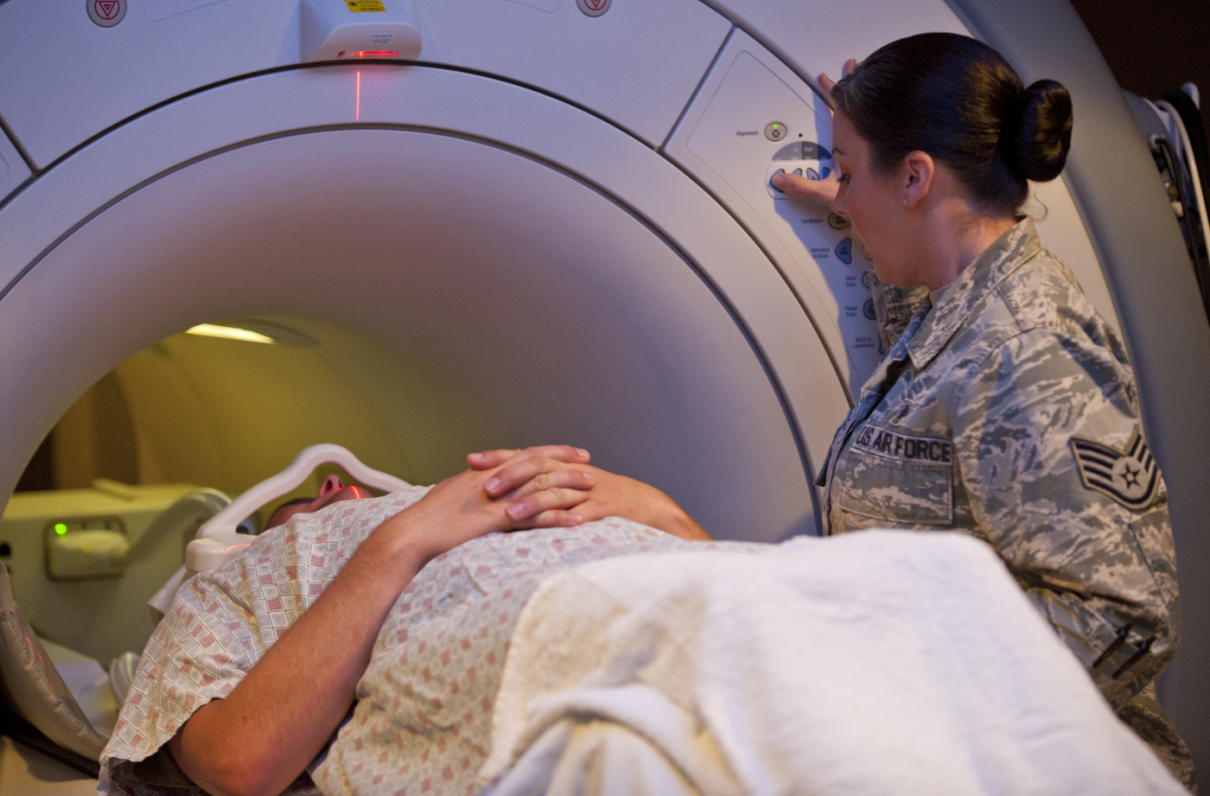Sometimes, you have to play detective.
For example, combing through the fine print of the president's annual budget submission, poring over budget tables (lots of numbers), spotting subtle nuances buried within the explanatory statements … and then attempting to put all the pieces together to understand potential ramification and impact.
MOAA has done this with the Defense Health Program (DHP) portion of the FY 2020 budget and found some disturbing data.
But first the good news, which was anticipated: There will be no new changes to the existing TRICARE fee structure. There was no indication of any desire to lower the already steep fee increases of the previous year; any fee increases seem to be off the table, for now. Additionally, the proposed budget seems to provide adequate funds for health care requirements, the new electronic health record, medical research efforts, and health care requirements for contingency operations.
[RELATED: Remind Your Legislators Not to Raise TRICARE Fees]
However, the disturbing piece of the news is confirmation of a significant reduction in uniformed medical personnel. We had been left to speculation earlier in an earlier piece on the topic, but now we know the exact numbers and can begin to broadly anticipate their impact. We still do not know (and the services are still in the process of analyzing) which medical specialties, nursing specialties, medic ratings, and other positions these will affect, or where these billets will go in support of military readiness.
With a total personnel reduction of almost 22 percent from current levels, or 17,991 positions, we anticipate both the system itself and beneficiaries will experience the effects of it. These reductions are expected to happen starting Oct. 1, 2019.
MOAA has pressed for answers. As a result, Defense Health Agency officials have stressed that these reductions will not happen all at once, but will occur through “natural attrition.” Officials also stated that they have been given extra monies for civilian medical professional hiring and increase use of the TRICARE networks to support beneficiary access to care - contract care we know is much more costly than using military treatment facilities (MTFs).
In addition to closely monitoring leading access to care indicators, MOAA intends to determine which medical services will be cut or reduced and where those reductions will occur. These may take the form of reduced primary and specialty care, or of reduced lab, radiology or pharmacy services at MTFs - resulting in more out-of-pocket costs for TRICARE beneficiaries. Also, any reduction in MTF services will need to be understood and evaluated by beneficiaries prior to the new TRICARE annual enrollment season.
The bottom line: The order of magnitude these cuts represent certainly will be felt by the military medical community itself and a large percentage of beneficiaries. This is one reason that again this year, MOAA is Storming the Hill to stabilize TRICARE.

.jpg)


